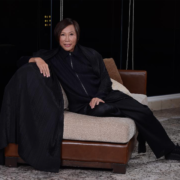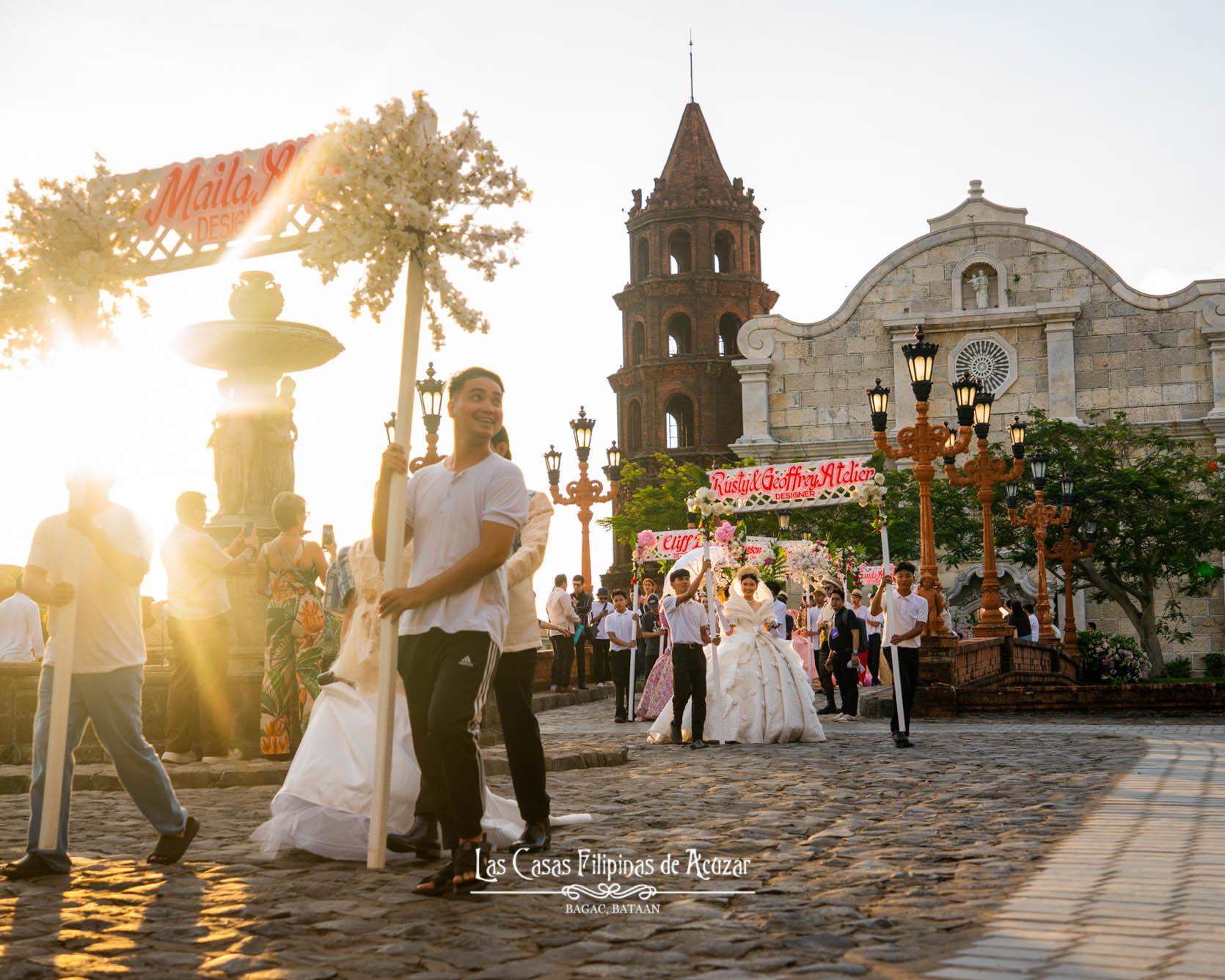The Reluctant Fashion Ambassador Bringing Philippine Fashion To The Global Stage
Renee Salud has been referred to as the Philippines’ Fashion Ambassador because of the decades-long of service he has devoted to the industry, but if he were given a choice, he would rather take a different title.
“Honestly, I prefer to be called an advocate of Philippine fashion. As an advocate, my goal is to bring Philippine fashion to the world stage – to a level that that there’s a global demand for our work, and this will create more jobs for the people. And it will prove to the whole world that Filipino designers are at par with the world’s best,” so said Renee Salud, one of the Philippine fashion industry’s stalwarts and prime movers.
“I always cringe when people call me that! Seriously. It is a title I never asked to be bestowed on me, but ithas stuck – so I have to live with it.
”As a designer, Salud is constantly inspired by the Philippines, from its unique fabrics to its beautiful destinations that continue to reap accolades from travel and lifestyle magazines across the world.
He has been toying with the idea of what is now called “Philippine Tapestry” for around 2 to 3 months, in collaboration with his key creative team, like fashion show directors Raymond Villanueva, Cata Figueroa and Concon Sinel – to come up with all sorts of creative ideas for the project.
With an aim to raise the bar for Filipino cultural fashion shows abroad, Philippine Tapestry is an ongoing project that is hopping from one country to another. It has been to four major Canadian cities, the Middle East, London and Berlin.
For 2018, the team, in collaboration with community partners, will bring the project to the United States.
“My dream is for Philippine Tapestry to grow into an event that is shown in all cities where there is a Filipino community. Our goal is to cement the presence of Filipino culture on all of these places,” Salud said. “Judging from the reaction of Filipinos wherever we go, things are off to a perfect start.”
Since the Philippines is home to a lot of regional fabrics, it was a major task to decide which fabrics were going to receive the highlight.
For the fashion show where the collection is woven into the culture of the Philippines, Salud chose severalfabrics from each island cluster: Luzon, Visayas and Mindanao.
“I make sure the entire country is represented, in terms of fabrics. But at the end of the of the day, it is all about how a designer works and styles a fabric – and converts it into fashion that a wearer can use in real life,” he said.
But when it comes to individualized and personalized design, Salud said he chooses fabrics based on howhe perceives the wearer, the customer.
“At the end of the day, it is never about the fabrics – but about what the customer wants. The shapes and the style must be good. The fit must be good,” he quipped.
Asked to play favorites and choose which fabrics he likes to use the most, Salud took the diplomatic card.
“I consistently promote Philippine indigenous fabrics: piña, abaca, and handwoven fabrics, inaul. They’re all my favorites!” he shared.
And that is what the lucky audience members who have seen the show so far have witnessed, Salud’s capsule collection that the group is showcasing around the world.
The collection is inspired by the native weaves of the different regions of the Philippines and for the show, the audience is taken on a visual and musical journey to the different regions of the Philippines through a video presentation highlighting each area’s tourist destinations.
As each region is depicted on the screen, entertainers flood onto the stage performing fusion dances inspired by the region’s native dance with a modern twist.
“All these serve as an introduction to my collections, which are presented on the runway according to the regions where the materials came from. By so doing, we highlight the rich fabric of our heritage and traditions interwoven into a colorful cultural extravaganza of video art, fashion, music and dance,” Salud said
The State Of Philippine Fashion
Through the years, Philippine fashion has evolved and as Salud observed, it is “getting to be more and more interesting.”
“I think it will be the Filipino middle class that will drive fashion in this country today. Countries like China or India are changing their whole fashion sense, because these countries have a growing middle class,” Salud noted. “It’s the middle class who has enough money to buy fashion from brands like Zara, H&M andUniqlo. They can buy three sweaters and play with color. Or mix styles and patterns. Everything starts from there.”
“I come from a middle class family myself when I was growing up, and I used my knowledge and ability in fashion to change my social status. It’s the same thing in other countries where fashion brands Dolce & Gabanna were middle class, but they used their ability to move up the social ring. We will see the same thing happening in Manila. It’s the growing middle class that’s really going to change the fashion landscape and not the high-end.”
The “Philippine Look”
The “Philippine look” is a showcase of traditional, handwoven, or indigenous Philippine fabric turned into global fashion that’s comparable with the work of international designers.
The “Philippine look” always underlines my collection: “I try to combine intricate designs with ancient weaving traditions, and fuse it with high fashion to appeal to the new generation. I take pride in the fact that my fashions exemplify Filipiniana, yet melding them into current fashions.”
Overcoming Adversity
For people who see Renee Salud now, they wouldn’t probably think of the hardships he had to endure on his way to achieving his dreams.Renee recalled that he was around 9 or 10 years old when he realized he was interested in dresses, in beautiful things. As a young child, he was bullied and ridiculed simply because he was gay.“Yes, I was bullied as a child, like many gay kids. But I have turned my negative experience with bullying into something positive. As a fashion designer, I want to inspire young Pinoy gays to love themselves inside and out,” he said. Renee also shared that ever since his father died, things hadn’t exactly been easy growing up. “In college, I tried taking up architecture but I had to quit after a year because of lack of finances. But in the end, the numerous obstacles I faced never kept me from achieving my goals,” he said.He persevered and worked hard to build his skill set and knowhow in fashion design. “Over time, I honed my ability to design clothes that would make women feel good about themselves,” he said. “And I also got better at recognizing which things in life are important — these are lifelong pursuits. But it took me a long time to realize I had always been what people call a designer, and that I could get paid for being me.”“And unlike some designers, I also used my charm,” he said laughing. “At the end of it all, I was able to climb all the way to where I am now. I didn’t let my earlier failures stop me.”
–
Photographed By Rupert Jacinto






